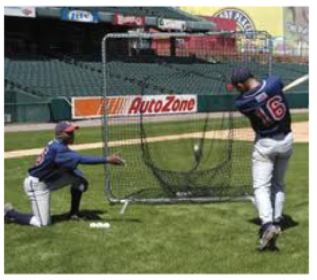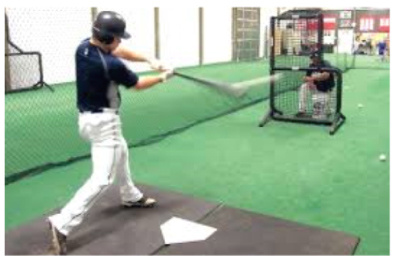| Practice Tips for Hitting Drills
By: Coach Bob McCreary Originally Published in The Time to Hit eBook Provided by: Baseball By The Yard
Batting Tees The batting tee is probably the best piece of hitting equipment known to man. It allows players to practice all by themselves in many different settings. To get the most out of one (or two depending on the drill!) be sure the follow these tips:
Soft Toss Next up is soft-toss. Soft-toss increases the complexity a little because it either uses the help of another person or machine. Like batting tees, there are some things that will increase the productivity if adhered to by the batter and the person doing the tossing. Here are several:
Short Toss This type of drill is my personal favorite when working with hitters. I like it because I think it does a better job of mimicking the natural batting process more closely than the others. This is because the toss comes from in front of the batter and does not involve the stress and difficulty of throwing normal distances. However, like the other methods, it does require some logistics to get it right. Here are some:
|









